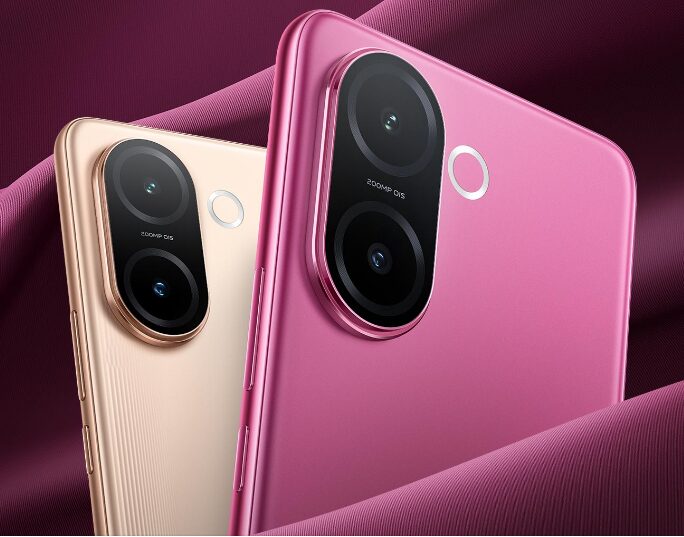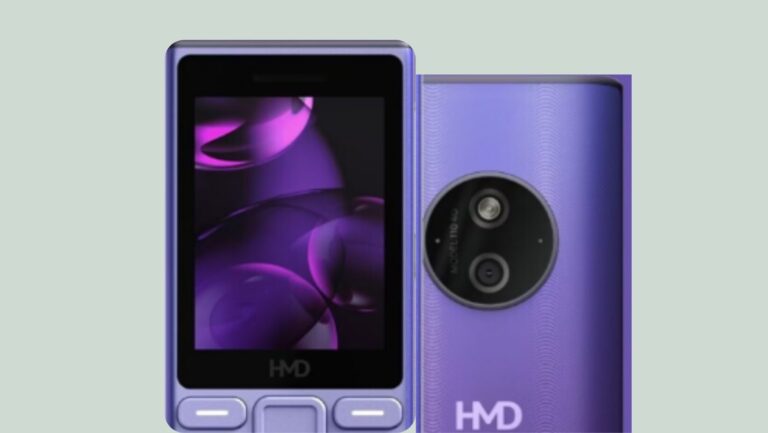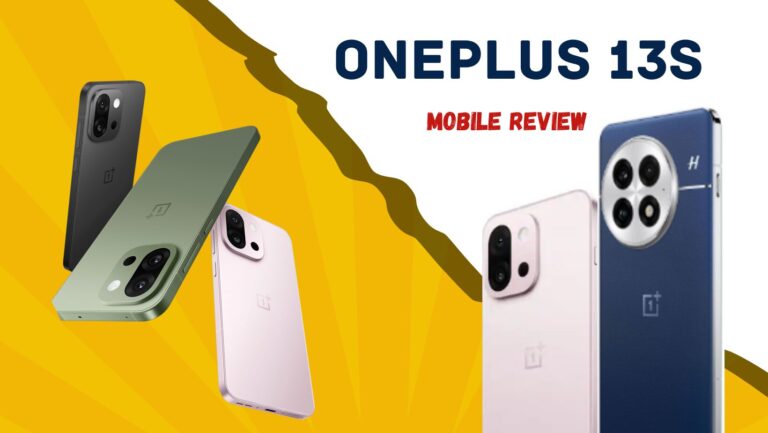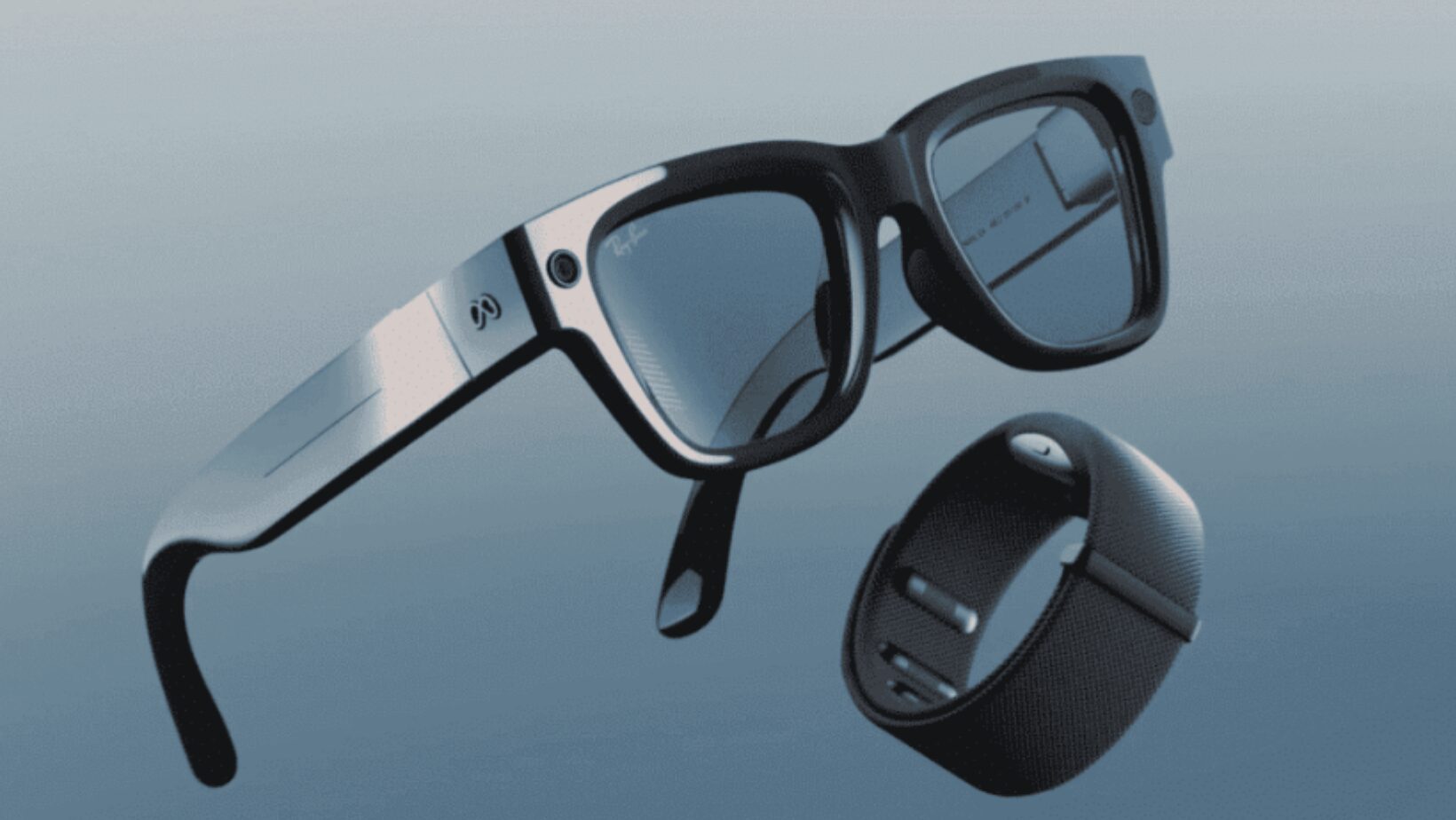
Meta Ray-Ban Display AI Glasses with EMG Wristband (Photo Credit: Meta.com)
Meta Ray-Ban Display AI Glasses: Where technology meets expression
Wearable tech has long promised the future on our faces or around our wrists. Yet only rarely has something felt both stylish and radically advanced. The Meta Ray-Ban Display AI Glasses with EMG Wristband appear to be one of those rare crossroads: merging classic eyewear design, augmented reality (AR), artificial intelligence, and a nerve-adjacent control system (EMG) into one package.
If reliable reports and leaks are to be believed, this product aims not just to augment reality, but to blur it—letting users interact with digital content via subtle muscular commands, voice, gestures, and AI-assisted visual overlays. In short: the Meta Ray-Ban Display isn’t just another gadget. It could redefine how we integrate digital information into everyday life.
Here are the confirmed and reliably rumored features of the Meta Ray-Ban Display AI Glasses with EMG Wristband:
| Component | Key Information / Features | Source / Reliability |
|---|---|---|
| Frame & Design | Styled after classic Ray-Ban sunglasses (e.g. Wayfarer / Wayfarer-type silhouettes). Physical aesthetics stay “wearable,” not overly futuristic. | High reliability (announced in leaks + Meta’s own teasers) |
| Displays | Transparent display(s), likely micro-LED or equivalent, embedded into the lens or small module; used for AR overlays such as navigation, notifications, live snippets. Brightness and clarity claimed high enough for outdoor usage. | Moderate reliability (leaks + patent filings) |
| Camera | Integrated high-resolution camera(s) for capturing photos, video, possibly for AR uses (object recognition, social filters, etc.). Probably multiple cameras (main + environment) for depth sensing. | Moderate to speculative |
| AI Assistance / Software | Voice assist, gesture recognition, and integration with Meta’s ecosystem (Messenger, Facebook, Instagram, etc.). Real-time translation or transcription might be included. | Likely; fits with Meta’s product strategy |
| EMG Wristband | A wristband that uses electromyography sensors to read small electric potentials from muscles in the wrist/forearm. These signals allow control over the glasses: selecting menus, scrolling, maybe “silent typing” or commands via finger movements. | Reported in multiple sources; some parts speculative (precision, lag, etc.) |
| Battery & Power | Likely battery module in frames (temple arms) plus wristband battery. Charging via USB-C or proprietary connector. Battery life expected to be limited by display + camera usage. May have modular power options. | Speculative, but following known tech constraints |
| Connectivity | Bluetooth / WiFi for syncing with phone. Possibly LTE / 5G in future versions. | Speculative |
| Privacy & Safety | Expected privacy controls: LED indicator when camera is on; ability to disable camera / microphone; local processing of EMG signals; data encryption. | Meta likely to emphasize this, though actual implementation TBD |
| Use-Cases | – Hands-free notifications, navigation, message previews – AR overviews (e.g., directions, environment info) – Silent control via EMG for accessibility (e.g. for users with limited mobility) – Social media content creation with minimal tools (animations, short AR videos) – Fitness or gesture gaming (EMG can detect muscle activation) | Speculative / aspirational, but plausible given functionality |
Pricing and Availability
Meta’s Ray-Ban Display AI Glasses and the advanced EMG Neural Band will arrive in an elegant range of finishes, including Black and Sand, paired with Transitions lenses that effortlessly adapt from indoor lighting to outdoor sunlight. The glasses promise a six-hour mixed-use battery life on a single charge, while the portable charging case extends total usage to an impressive 30 hours, ensuring all-day performance without constant recharging. The EMG Neural Band will be offered in three adjustable sizes for a secure and comfortable fit.
The first launch is set for the United States on September 30, with availability through select retailers such as Best Buy, LensCrafters, Sunglass Hut, Ray-Ban flagship stores, and a limited number of Verizon outlets. After the U.S. debut, Meta plans a global rollout in early 2026, bringing these AI-powered smart glasses to Canada, France, Italy, and the United Kingdom.
These launch details make the Meta Ray-Ban Display not just a cutting-edge wearable but also one of the most anticipated tech releases of the year.
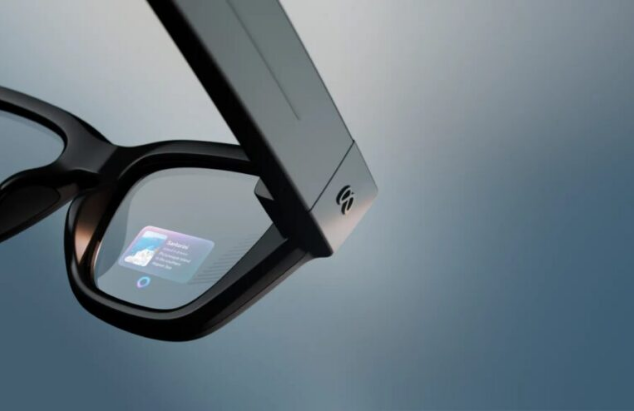
Why It Matters
- Accessible Control Interfaces
EMG is not mainstream yet, but it’s promising for people who can’t use voice or touch easily. It opens up possibilities for accessibility and new forms of interaction. - Reducing Screen Dependency
One of the biggest pain points of modern life is constant screen-checking. With AR overlays and wristband control, one could glance, flick, or gesture instead of pulling out a phone. This is a step toward more ambient computing. - Fashion + Function
Ray-Ban brings credibility in style; Meta brings tech muscle. If they pull off aesthetics + comfort + performance, these glasses could be adopted widely—not just by tech enthusiasts, but by everyday users who care about how they look. - Privacy Trade-Offs
Always an issue with wearables: where is data processed (on device or cloud)? Who has access? Does the camera record continuously? Will facial recognition or object detection raise regulatory scrutiny? Meta will need strong privacy guarantees. - Battery & Practical Usage
Wearables with display + camera + connectivity + sensor bands often suffer limited battery life. How long can these run under “typical use” (notifications + some AR + occasional camera)? 3-5 hours? Or all day? This will heavily affect user adoption. - Cost & Market Position
These won’t be cheap. Expect a premium price. How this compares to alternatives (e.g., Apple Vision Pro, or smart glasses from Google, Snapchat) will shape whether this is a niche product or something that sees mass adoption.
Innovations & Speculative Features That Could Make It More Than Just A Pair of Smart Glasses
- Adaptive Display Brightness & Energy Saving Modes– ambient light sensors to dim displays or disable overlays to save battery.
- Offline AI Processing– performing EMG signal interpretation and basic AR locally rather than sending everything to cloud (better privacy, lower lag).
- Gesture Learning & Customization– ability for users to “train” the EMG wristband to recognize personalized gestures.
- Health & Fitness Integration– detecting wrist movement, muscle exertion in workouts, possibly posture reminders.
- Multi-Device Sync– switching between AR mode, glasses-as-camera, or even projecting visuals to other devices.
What We Don’t Yet Know
- Exact resolution & quality of display in harsh lighting conditions.
- Latency between EMG signal and response (speed + comfort).
- Durability, weight, comfort of wearing the glasses + wristband long periods.
- Cost and whether there will be tiered models (basic vs Pro).
- Regulatory / privacy compliance especially in jurisdictions with stricter laws.
Technical Challenges
- Signal Noise for EMG– wrist muscle readings are subtle; noise from external sources (movement, sweat) must be filtered well.
- Weight & Power Trade-Offs– more features often equals heavier frames and more power draw. Keeping comfort high is difficult.
- User Adaptation– learning curve for EMG control; some trial and error.
- Software Integration– must be well integrated with existing Meta/Facebook/Instagram/Pixels etc. or tie into Android/iOS ecosystems smoothly.
Conclusion:
The Meta Ray-Ban Display AI Glasses with EMG Wristband position themselves at the cutting edge of wearable tech: combining style, display, AI, and muscle-signal control. If Meta can deliver on core promises- comfort, battery life, responsiveness, and privacy—this could be a landmark product.
It’s rare to see a wearable that is not just incremental improvement but potentially a paradigm shift. These glasses may well mark a turning point in how we interact with digital content: less tapping, less shouting, more subtlety, more style—and yes, more “eyes forward” tech.
For early adopters, tech critics, designers, and anyone tired of always glancing at their phone- this product is one to watch. Because if the vision holds, we’re not just getting another smart wearable- we’re getting a new lens on reality.

